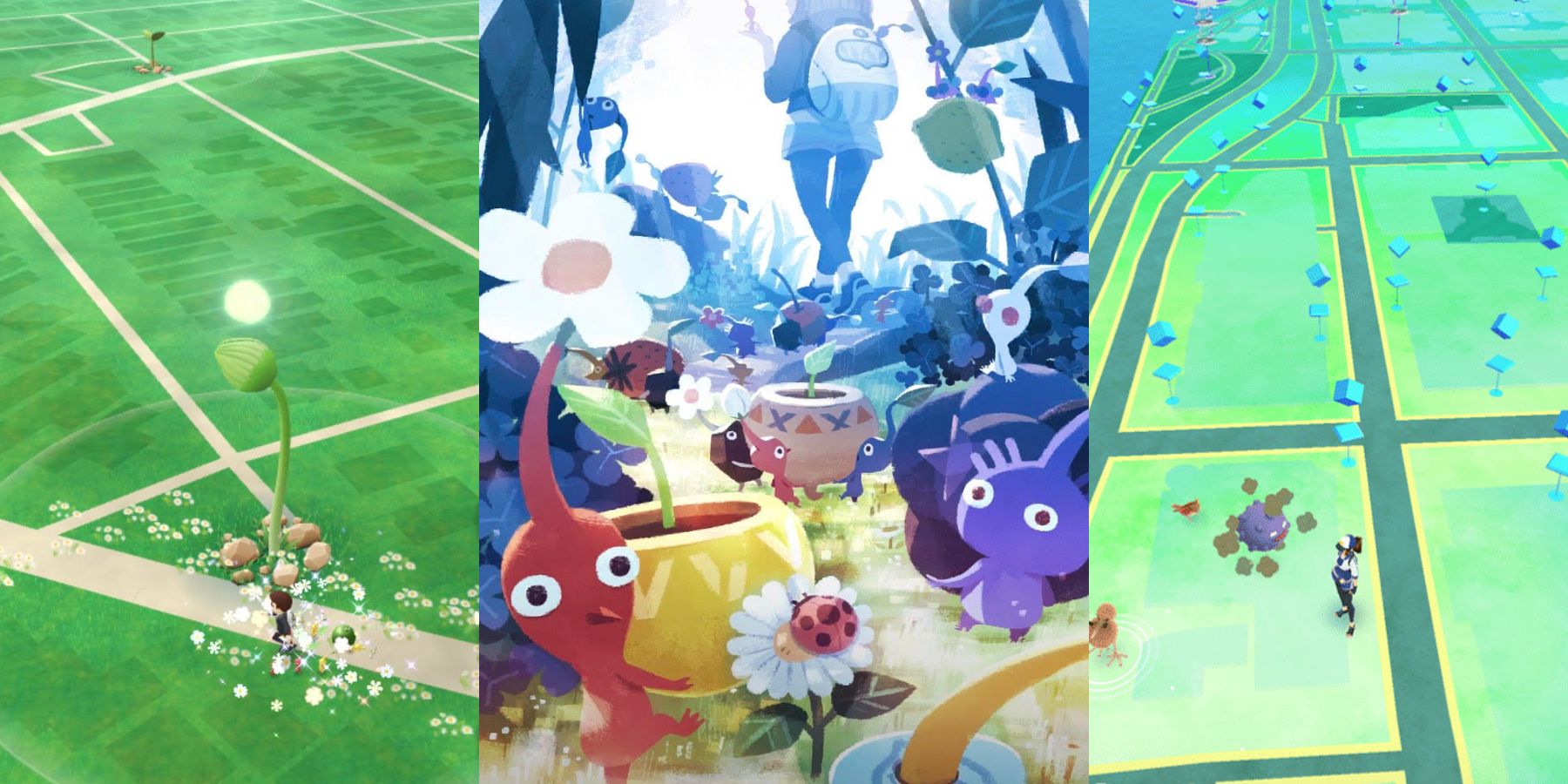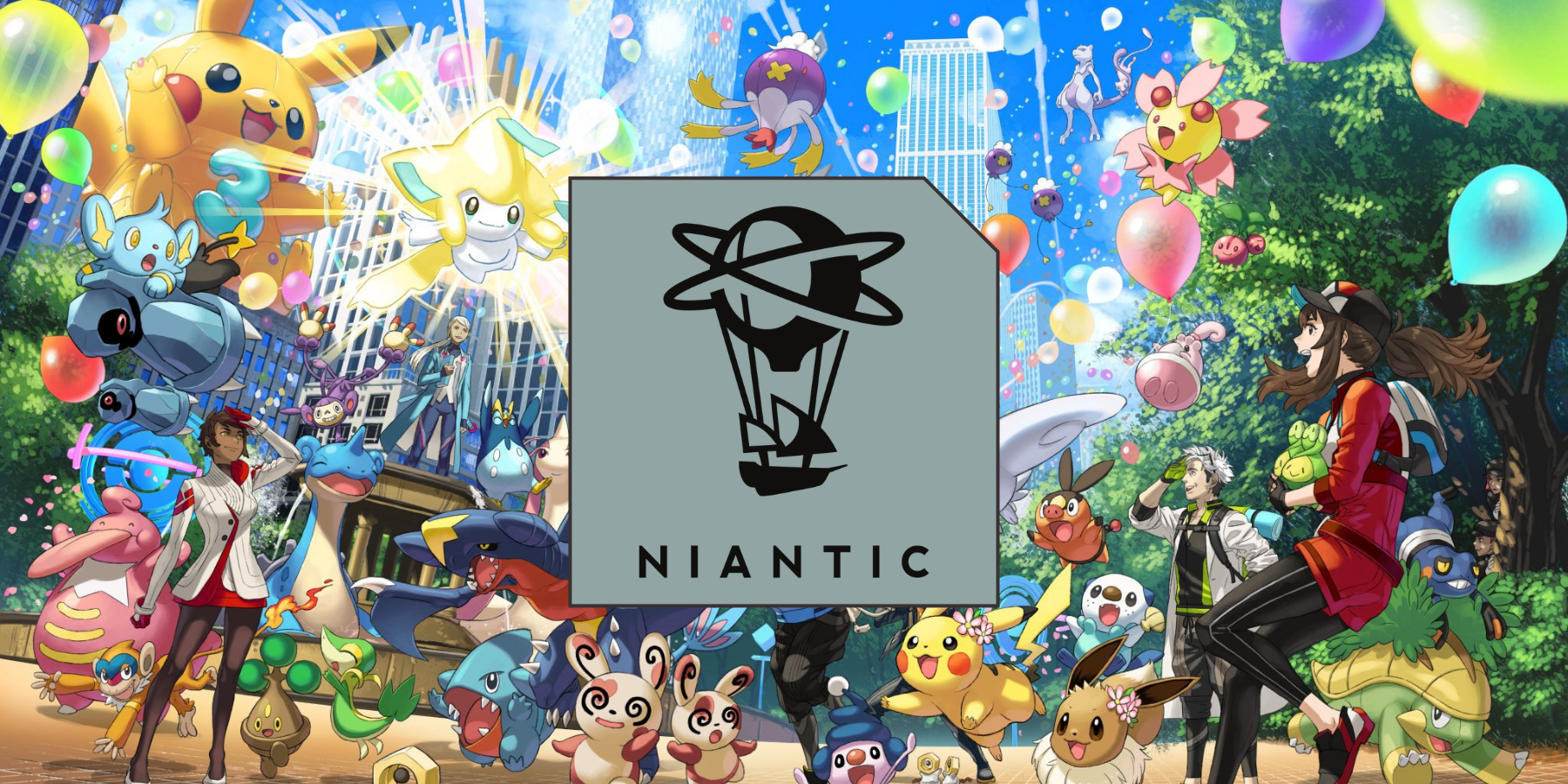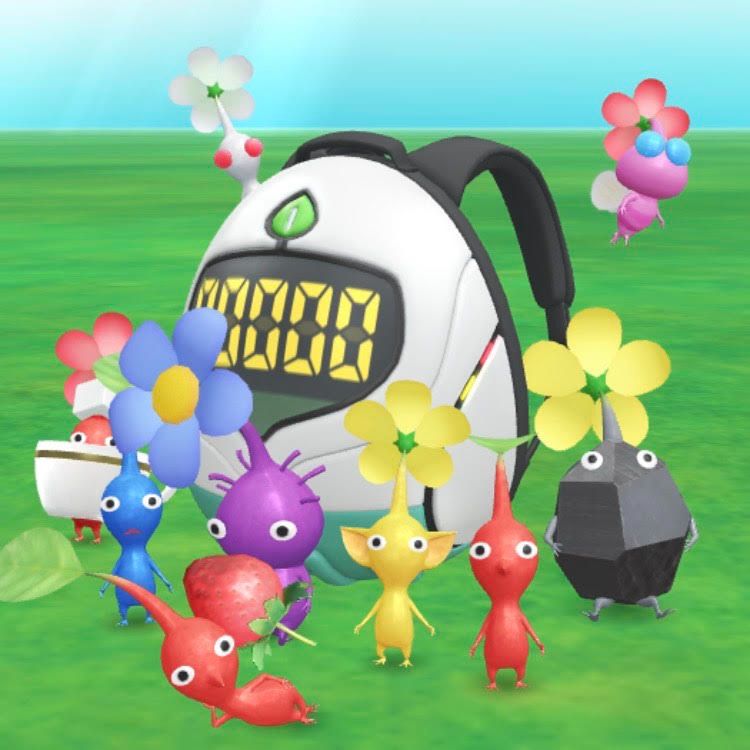Mobile developer Niantic became an industry powerhouse in a relatively short amount of time. It set a standard for multiplayer augmented reality experiences with Ingress, first released on iOS devices in 2013. The way this game split users into teams who then had to wander the real world to complete objectives became a perfect template for Pokemon GO in 2016, and then Harry Potter: Wizards Unite in 2019. Now Niantic is continuing its ascent with Pikmin Bloom.
Pokemon GO is undoubtedly Niantic's biggest success, and for good reason. The concept of players catching Pokemon in their neighborhoods is a stroke of genius, and there's a big audience considering Pokemon was the highest-grossing media franchise in 2019. It would be difficult for a more niche property like Pikmin to rival that success, but it seems the developer took a smart approach to avoid any unfortunate comparisons. While some could argue Pokemon GO is more video game than exercise tool, Pikmin Bloom better fills a health and fitness niche.
Where Pokemon GO Falters as an Exercise Tool
There's no doubt Pokemon GO achieved its goal of encouraging players to exercise. Before more idle-friendly mechanics were introduced in light of the COVID-19 pandemic, stories abound of people going outside to walk and catch Pokemon. While a few stories have come out about players getting arrested or injured during hunts, Niantic's regular content rollout has been a boon that kept many invested in trying to catch them all - and ideally be more active in the process.
However, the title is built around exercise as a means of getting to gameplay rather than exercise being a goal in itself. Players move between areas of interest, but generally have to stop or slow down in order to catch a Pokemon, activate a PokeStop for items, or take on Gyms to secure territory. One of the only things that requires direct exercise is eggs, which need a certain amount of distance travelled to hatch.
This system works and creates an engaging game, but at times it feels like exercise is the byproduct. In fact, Pokemon GO's capturing mechanic was enough of a selling point on its own that the Switch games Pokemon Let's Go, Pikachu! and Eevee! added it to a traditional Pokemon experience in 2018.
How Pikmin Bloom Shakes Things Up
Pokemon GO fans who boot up Pikmin Bloom should notice some immediate differences. Any semblance of a competitive nature is gone, as players do not choose a team akin to GO's now-iconic Mystic, Valor, and Instinct. The game's overworld is also more barren. A few locales that would have been PokeStops or Gyms are instead big sprouts waiting to bloom, but that's about it.
Instead of going around to find Pokemon or items to use competitively, Pikmin Bloom is about players teaming up to beautify the world. Pikmin are grown through a direct step-counter, and an increasing number of them can follow the player as they level up by completing certain goals (such as walking a total amount of steps). There's nothing to really pay attention to which might interupt a player's walk, other than Pikmin occassionally needing to be plucked or findng fruit.
That fruit becomes nectar, and nectar can be fed to Pikmin so they grow flowers. Players gain extra time to plant flower patches in the overworld during their walks by picking up loose petals from flower Pikmin every day, which has a few effects: It boosts growth rates for Pikmin, adds to a counter that grows the Gym-like sprouts within a limited range, and every 500 flowers planted or so accrues a coin to spend on seed slots, nectar, and more items.
All of this loops back to the exercise component, and Pikmin Bloom feels like a fancy pedometer that rewards daily efforts - it even tracks the routes players walk to potentially encourage exploring more of one's neighborhood. Perhaps the most gamified aspect of Pikmin Bloom is expeditions, in which players may discover loose items while walking that they can send Pikmin out to collect during stationary periods between walks (or during them, though the distance a player moves is added or subtracted from collection time).
In the end this means Pikmin Bloom has less to engage its players moment-to-moment. However, it was never going to have a mechanic surpassing Pokemon GO in this regard, so it feels like a smart choice to make a more idle game that emphasizes real-life fitness. There's room for both Pokemon GO and Pikmin Bloom, especially as Nintendo continues focusing on player health via games like Ring Fit Adventure, so it's good to see Niantic try and give its newest venture a unique identity. Time will tell whether this pays off in the long-run and boosts Pikmin's recognition overall.
Pikmin Bloom is available now on iOS and Android devices.



